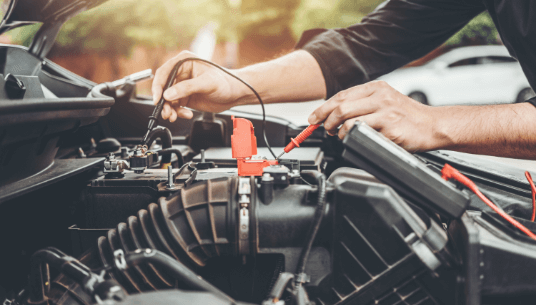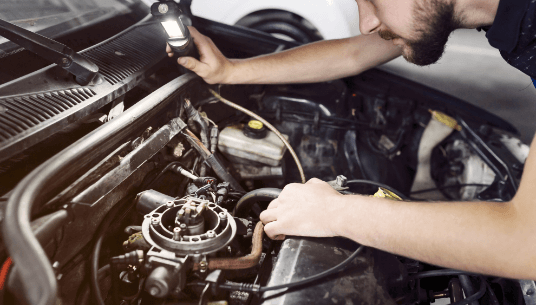×
We believe brand interaction is key in commu- nication. Real innovations and a positive customer experience are the heart of successful communication.
Work Hour
Monday to Friday
7:00 - 21:00
Saturday
7:00 - 16:00
Contact
Support:
8985768484
Shoroom:
Surey NO :145/part of Telangana spinning Mill,Block N:5, Chandra Nagar,Chintal,IDPL Hyd,T.S-37









